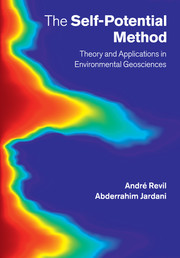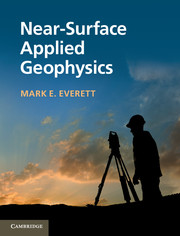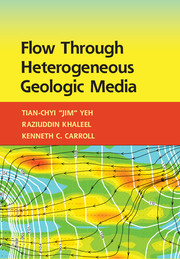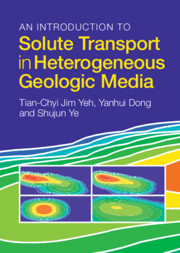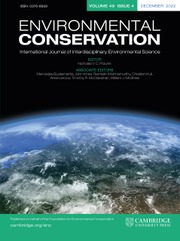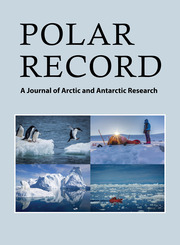The Self-Potential Method
The self-potential method enables non-intrusive assessment and imaging of disturbances in electrical currents of conductive subsurface materials. It has an increasing number of applications, from mapping fluid flow in the subsurface of the Earth to detecting preferential flow paths in earth dams and embankments. This book provides the first full overview of the fundamental concepts of this method and its applications in the field. It discusses the historical perspective, laboratory investigations undertaken, the inverse problem and seismoelectric coupling, and concludes with the application of the self-potential method to geohazards, water resources and hydrothermal systems. Chapter exercises, online datasets and analytical software enable the reader to put the theory into practice. This book is a key reference for academic researchers and professionals working in the areas of geophysics, environmental science, hydrology and geotechnical engineering. It will also be valuable reading for related graduate courses.
- Provides a cutting-edge view of the self-potential method and its application to Earth science problems
- Online datasets enable readers to practise the theory, and accompanying software can be used to analyse newly-collected data
Product details
No date availablePaperback
9781108445788
399 pages
246 × 170 × 23 mm
0.82kg
190 b/w illus. 30 colour illus. 12 tables 16 exercises
Table of Contents
- Foreword
- Preface
- 1. Fundamentals of the self-potential method
- 2. Development of a fundamental theory
- 3. Laboratory investigations
- 4. Forward and inverse modeling
- 5. Applications to geohazards
- 6. Application to water resources
- 7. Application to hydrothermal systems
- 8. Seismoelectric coupling
- Appendix A: a simple model of the Stern layer
- Appendix B: the u-p formulation of poroelasticity
- References
- Index.

